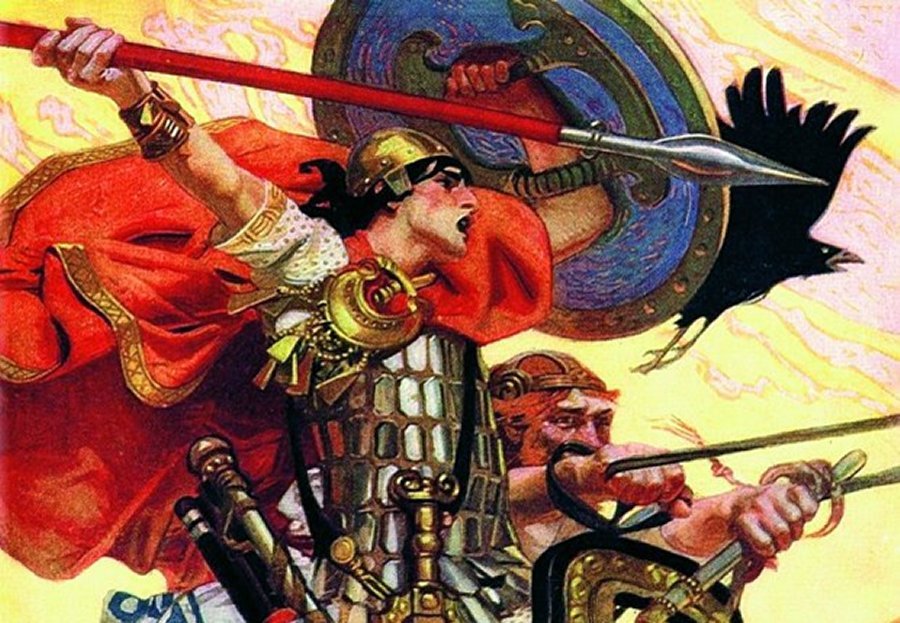Aoife: Beautiful Female Warrior, Lover Of Cuchulainn And Mother Of His Only Son In Irish Beliefs
A. Sutherland - AncientPages.com - In Celtic (Irish) mythology, Aoife is a female warrior who appears in the story of Cuchulainn (Cu Chulainn), who was believed to be the main hero of the Ulster Cycle, which is rich in tales and legends about Irish heroes.
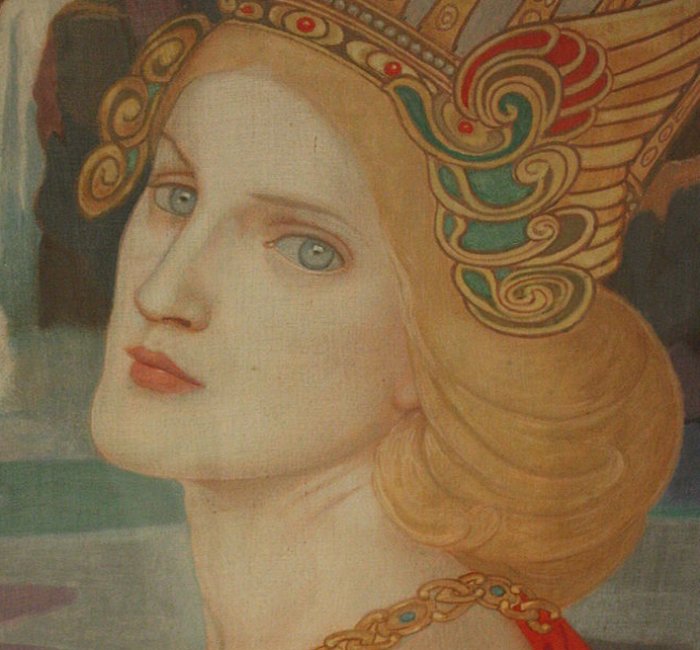 Aoife by John Duncan. Source
Aoife by John Duncan. Source
Aoife's name varies; she is called Eefa, Aife, Aeife, and even Eva. However, the latter is considered unrelated to the Biblical name Eva. Due to the similarity in sound, Aoife has often been anglicized as Eva or Eve.
One version of the story of Aoife says she is a twin sister or/an opponent of Scathach, a legendary martial arts teacher. In each of these versions, Aoife becomes the lover of Cuchulainn, with whom she has a son, Connla.
In Irish mythology, Airdgeimm, an Irish hero of the Ulster Cycle, is the father of Scathach and Aoife, two great warrior women and twin sisters/rivals on the Isle of Skye. Scathach and her twin sister Aoife look almost identical, with beautiful red hair, pale skin, and green eyes. While Scathach teaches the Ulster hero Cuchulainn the arts of war, Aoife will meet him in combat.
Aoife's Combat With Cuchulainn
Scathach is reluctant to take Cuchulainn with her to battle when it's time to go to war. She knows Aoife will not hesitate to kill him if necessary.
"Cú Chulainn Riding His Chariot into Battle", illustration by J. C. Leyendecker in T. W. Rolleston's Myths & Legends of the Celtic Race, 1911
Aoife's reputation as a fighter is no secret, and Cuchulainn knows about it. He challenges her to a single fight. However, before the two meet, he wants to know more about her, so he asks Scathach what is most precious to Aoife. She tells him that, most of all, her sister and rival appraise her chariot.
At first, the combat goes well and in Aoife's favor. Still, suddenly, at a critical moment of the fight, Cuchulainn distracts Aoife's attention, saying that her chariot horse is in trouble.
Now, Aoife cannot win this duel and is defeated easily. After this incident, she is taken captive by Cuchulainn and becomes his lover and soon also mother to a boy, Connla.
From this moment, the story is rather sad because Connla's fate is to be killed by his father.
Cuchulainn Kills His Only Son
Before leaving, Cuchulainn gave Aoífe a little golden ring as a token, a symbolic reminder of their future child. He also laid down an unfortunate taboo to prove his son's death. According to the taboo, Connla should not reveal his name to any man nor refuse combat to any man.
Aoífe raised Connla and trained him in martial arts and combat. When the boy had grown and wished to seek his father, his mother, Aoífe, gave him a ring and told him never to turn his back on a fight. He followed his mother's advice, although it led to his death at the hands of his father. With this advice, Connla was sent to Ireland.
Challenged to give his right to enter the court of Ulster, Connla refused to reveal his identity. He met his father, Cuchulainn, who unfortunately did not know the boy's origin. The boy's warrior skills were excellent, and the two fought. In single combat, Cuchulainn killed Connla, unaware that the boy was his son.
He did not recognize the gold ring that Connla wore until it was too late. Connla was the only son of Cuchulainn.
Written by – A. Sutherland - AncientPages.com Senior Staff Writer
Updated on June 8, 2024
Copyright © AncientPages.com All rights reserved. This material may not be published, broadcast, rewritten or redistributed in whole or part without the express written permission of AncientPages.com
Expand for referencesMore From Ancient Pages
-
 Interbreeding With Modern Humans Wiped Out Neanderthals’ Y Chromosomes 100,000 Years Ago
Archaeology | Sep 28, 2020
Interbreeding With Modern Humans Wiped Out Neanderthals’ Y Chromosomes 100,000 Years Ago
Archaeology | Sep 28, 2020 -
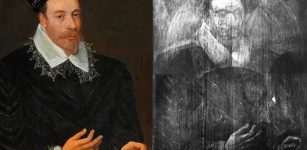 X-Ray Reveal Ghostly Portrait Of Mary Queen Of Scots Hidden Underneath 16th Century Painting
Archaeology | Nov 3, 2017
X-Ray Reveal Ghostly Portrait Of Mary Queen Of Scots Hidden Underneath 16th Century Painting
Archaeology | Nov 3, 2017 -
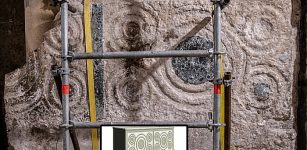 Graffiti Reveals Crusaders’ Beautiful Altar In The Church Of The Holy Sepulchre
Archaeology | Jul 24, 2024
Graffiti Reveals Crusaders’ Beautiful Altar In The Church Of The Holy Sepulchre
Archaeology | Jul 24, 2024 -
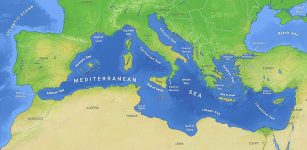 Mediterranean Migration Was Low Over 8,000 Years – New Study
Archaeology | Mar 3, 2021
Mediterranean Migration Was Low Over 8,000 Years – New Study
Archaeology | Mar 3, 2021 -
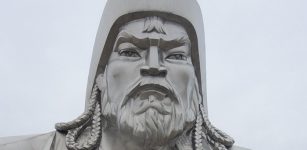 Avraga In Eastern Mongolia Was Winter Base Camp Of Genghis Khan – Study
Archaeology | Jul 8, 2020
Avraga In Eastern Mongolia Was Winter Base Camp Of Genghis Khan – Study
Archaeology | Jul 8, 2020 -
 Remains Of A 2,200-Year-Old Roman Fountain Discovered In Assos, Turkey
Archaeology | Aug 17, 2022
Remains Of A 2,200-Year-Old Roman Fountain Discovered In Assos, Turkey
Archaeology | Aug 17, 2022 -
 Sibylline Books: Ancient Prophecies Destroyed By Fire
Featured Stories | Feb 17, 2016
Sibylline Books: Ancient Prophecies Destroyed By Fire
Featured Stories | Feb 17, 2016 -
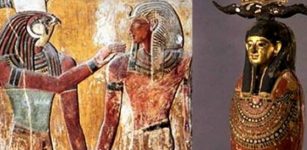 Sokar – Patron Deity Of Ancient Necropolis Of Memphis In Lower Egypt
Egyptian Mythology | Feb 19, 2019
Sokar – Patron Deity Of Ancient Necropolis Of Memphis In Lower Egypt
Egyptian Mythology | Feb 19, 2019 -
 Researchers Confirm Museum Shrunken Head As Human Remains
Archaeology | Aug 4, 2022
Researchers Confirm Museum Shrunken Head As Human Remains
Archaeology | Aug 4, 2022 -
 Ancient DNA Pushes Herring Trade Back To The Viking Age
Archaeology | Oct 26, 2022
Ancient DNA Pushes Herring Trade Back To The Viking Age
Archaeology | Oct 26, 2022 -
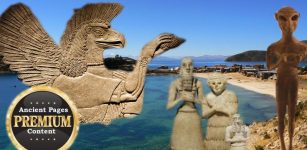 Secrets Of A Lake That Could Re-Write Ancient History Of America – Interesting Artifacts And Buildings – Part 2
Ancient Mysteries | Jun 5, 2018
Secrets Of A Lake That Could Re-Write Ancient History Of America – Interesting Artifacts And Buildings – Part 2
Ancient Mysteries | Jun 5, 2018 -
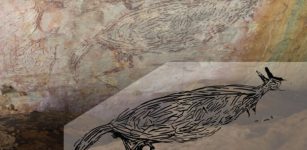 Australia’s Two-Meter-Long And Oldest Known Rock Painting Of A Kangaroo – Revealed
News | Feb 23, 2021
Australia’s Two-Meter-Long And Oldest Known Rock Painting Of A Kangaroo – Revealed
News | Feb 23, 2021 -
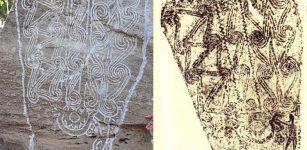 Bulgaria’s Reliefs From Ancient Thracian Sun Shrine – Restored
Artifacts | Sep 29, 2015
Bulgaria’s Reliefs From Ancient Thracian Sun Shrine – Restored
Artifacts | Sep 29, 2015 -
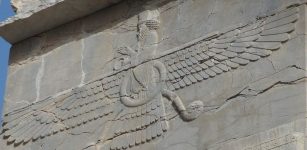 Winged Sun Disk: One Of The Oldest And Most Important Solar And Religious Symbols
Ancient Symbols | Mar 15, 2019
Winged Sun Disk: One Of The Oldest And Most Important Solar And Religious Symbols
Ancient Symbols | Mar 15, 2019 -
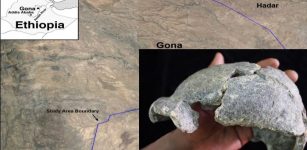 Gona, Ethiopia Discovery: Smallest ‘Homo Erectus’ Cranium In Africa And Stone Tools – Unearthed
Archaeology | Mar 5, 2020
Gona, Ethiopia Discovery: Smallest ‘Homo Erectus’ Cranium In Africa And Stone Tools – Unearthed
Archaeology | Mar 5, 2020 -
 Unusual 2,500-Year-Old Face Urns Reveal Garments, Appearance And Jewelry Of Prehistoric People
Archaeology | Nov 11, 2017
Unusual 2,500-Year-Old Face Urns Reveal Garments, Appearance And Jewelry Of Prehistoric People
Archaeology | Nov 11, 2017 -
 Unique 17th Century Sunken Swedish ‘Bodekull’ Ship – Identified
Archaeology | Jun 24, 2017
Unique 17th Century Sunken Swedish ‘Bodekull’ Ship – Identified
Archaeology | Jun 24, 2017 -
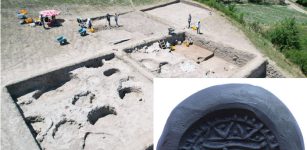 3,300-Year-Old Mycenaean-Like Seal And Dagger Discovered In Turkey
Archaeology | Jul 22, 2022
3,300-Year-Old Mycenaean-Like Seal And Dagger Discovered In Turkey
Archaeology | Jul 22, 2022 -
 Common Ancestor Of Neanderthals And Humans That Lived 700,000 Years Ago Holds Clues To A DNA Mystery
Archaeology | Feb 22, 2023
Common Ancestor Of Neanderthals And Humans That Lived 700,000 Years Ago Holds Clues To A DNA Mystery
Archaeology | Feb 22, 2023 -
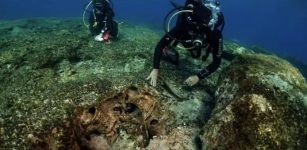 10 Ancient Shipwrecks And Several Underwater Artifacts Found Around The Island Of Kasos
Archaeology | Mar 14, 2024
10 Ancient Shipwrecks And Several Underwater Artifacts Found Around The Island Of Kasos
Archaeology | Mar 14, 2024

